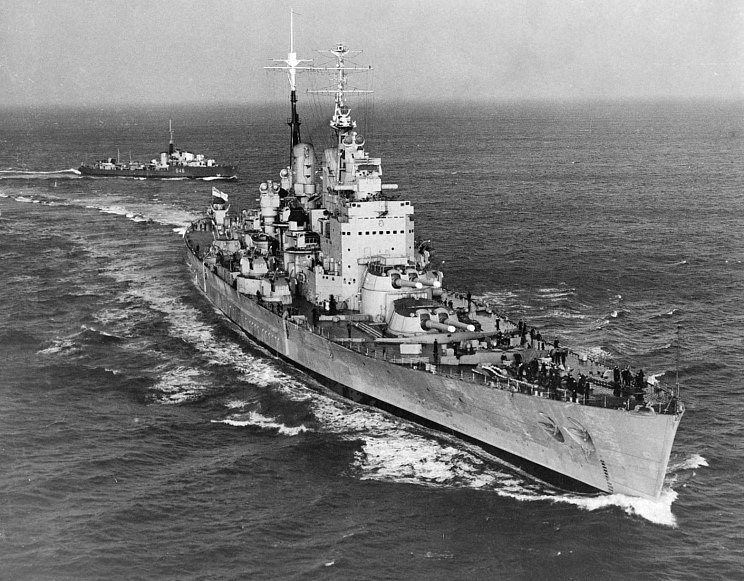British Cruisers
By Norman Friedman
Hardback 320 pages
ISBN: 9781848320789
Published: 24 January 2011
£45.00

For most of the twentieth century Britain possessed both the world’s largest merchant fleet and its most extensive overseas territories. It is not surprising, therefore, that the Royal Navy always showed a particular interest in the cruiser – a multi-purpose warship needed in large numbers to defend trade routes and police the empire. Above all other types, the cruiser’s competing demands of quality and quantity placed a heavy burden on designers, and for most of the inter-war years Britain sought to square this circle through international treaties restricting both size and numbers. In the process she virtually invented the heavy cruiser and inspired the large 6in-armed cruiser, neither of which, ironically, served her best interests. For the first time this book seeks to comprehend the full policy background, from which a different and entirely original picture emerges of British cruiser development.
After the war the cruiser’s role was reconsidered and the final chapters of the book cover modernisations, the plans for missile-armed ships and the convoluted process that turned the ‘through-deck cruiser’ into the Invincible class light carriers. With detailed appendices of ship data, and illustrated in depth with photos and A D Baker’s specially commissioned plans, British Cruisers truly matches the lofty standards set by Friedman’s previous books on British destroyers.
Another classic from Norman Friedman, the standard for excellence in the technical history of naval ships.
The book covers the First World War era cruisers through the Invincible Class of the 1970s, which the author argues were more cruiser than carrier stemming from an earlier design and the fact they were fitted with extensive C4I capabilities.
A nice addition was the inclusion the cruiser minelayers, one of which operated briefly in the APD role with the US Seventh Fleet in the Pacific.
As with his other books, extensive detail of radio, radar, directors and other fittings is included except for little mention of searchlights, which were an integral part of cruisers before the advent of radar in night actions.
Numerous drawings by AD Baker III always make Dr Friedman’s books second to none and worth the price in themselves.
Cover art is a copy of a painting by Norman Wilkinson from the National Maritime Museum in Greenwich portraying HMS Ajax and Achilles during the 1939 Battle of the River Plate.
A few observations from the manuscript:
· Date for demolition of HMS Raleigh is the same as the commissioning date on page 66
· Searchlight platform on page 148 actually a 20-inch signal light.
· In the credits US Naval Historical Center Photo Curator Robert Hanshew’s name is misspelled.
· Royal Canadian Navy plans in 1944 were to take over Minotaur and Superb, both under construction in the UK at the time, to become HMCS Ontario and Quebec respectively. Delays in construction of Superb led to the takeover instead of Uganda which was under repair at Charleston Naval Shipyard with a nucleus crew provided by corvette HMCS Snowberry, also in the yard at the time
Congratulations to Dr Friedman on another excellent work – 432 pages of bliss for the serious student of naval technical history.









